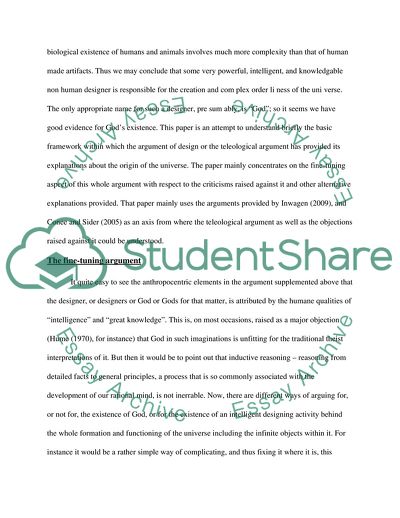Cite this document
(Metaphysics: The Teleological Argument Coursework, n.d.)
Metaphysics: The Teleological Argument Coursework. https://studentshare.org/environmental-studies/1737035-metaphysics-the-teleological-argument
Metaphysics: The Teleological Argument Coursework. https://studentshare.org/environmental-studies/1737035-metaphysics-the-teleological-argument
(Metaphysics: The Teleological Argument Coursework)
Metaphysics: The Teleological Argument Coursework. https://studentshare.org/environmental-studies/1737035-metaphysics-the-teleological-argument.
Metaphysics: The Teleological Argument Coursework. https://studentshare.org/environmental-studies/1737035-metaphysics-the-teleological-argument.
“Metaphysics: The Teleological Argument Coursework”. https://studentshare.org/environmental-studies/1737035-metaphysics-the-teleological-argument.


